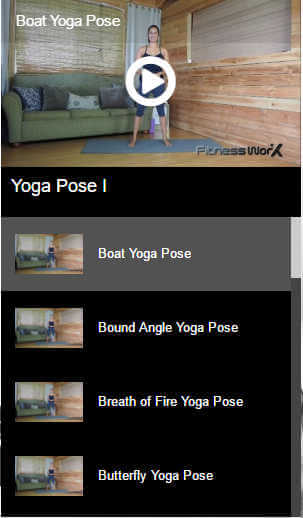Jogging is one of the best ways to lose fat and weight along with strengthening your heart and lungs. It is a convenient exercise, due to its flexibility. You can jog almost anywhere, anytime. Due to these benefits, jogging is very popular.
For most beginners, it is difficult to start properly and they usually don’t work out effectively. With this, several people quit before the real benefits of jogging kick in.
Here are some tips to easily start of a jogging routine without the extra difficulty.
The most common mistake that people commit when beginning a jogging routine is their fast speed. After about five to ten minutes has passed, they are out of breath due to the pace they have set. This circumstance results in people quitting within a couple of days.
Those who are resilient may be able to continue this routine, believing it will get easier with each passing day. Although these types of people do get in a better condition, they continue to push hard throughout the process and makes it seem like there is no progress being made.
The first thing you should do before setting a routine is to purchase a heart rate monitor. With this device, you can set a comfortable pace for yourself and maintain that same level throughout the jog. The monitor will show you exact measurements, so no guessing will go on about the pace and you will not have the feeling of wanting to collapse after each run.
The goal of jogging is to be 50~70% of your maximal heart rate. With a heart rate monitor, this is easy to do and you are able to keep track of your heart rate as you run. Pick up the pace if your heart rate goes low, and slow down if it’s too high. If your heart rate ends up too high, you can slow down your pace to a walk and then resume jogging as it reaches 50%.
How can you calculate where your heart rate should be to be within the 50-70% range? Use this formula:
Take your age and subtract it from 220. This is your maximal heart rate. Multiply this number by .5 and .7. This will give you the range of your target heart zone. Here is an example of this formula.
For this example, you are 40 years old.
Your maximal heart rate equals 180 (220 minus 40).
For the lower boundary, multiply 180 and .5 together. You should get 90.
For the upper boundary, multiply 180 and .7 together. The upper boundary is 126.
For any 40 year old, your heart rate should be between 90 and 126 on your jog.
Speed is not a necessary factor to gain benefits from jogging. It is all about how long you can jog. A mile covered in 15 minutes is more beneficial than a mile covered in seven minutes.
Stay in the limits of your heart rate capabilities and you will see an improvement in how long you can jog. With time, jogging will no longer be a chore, but something you enjoy.


